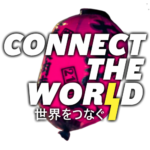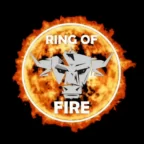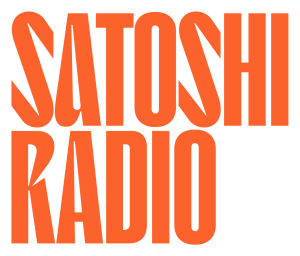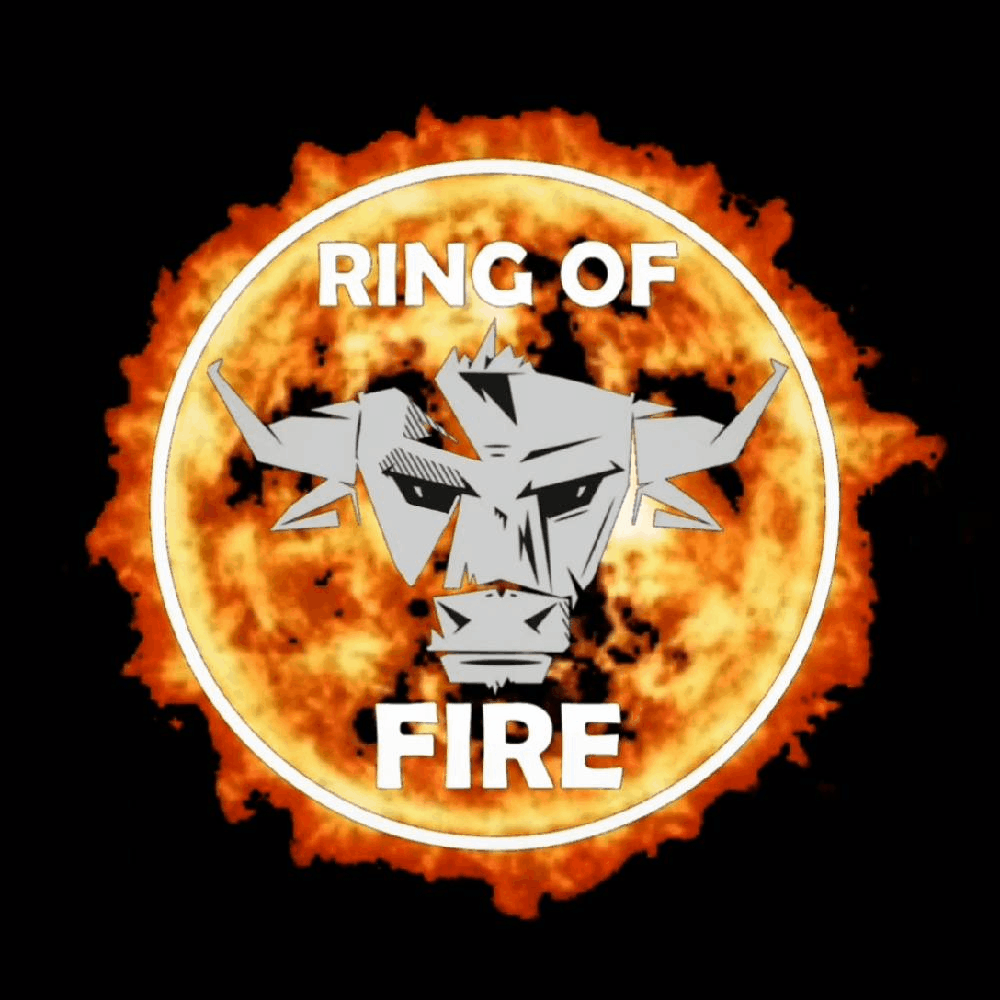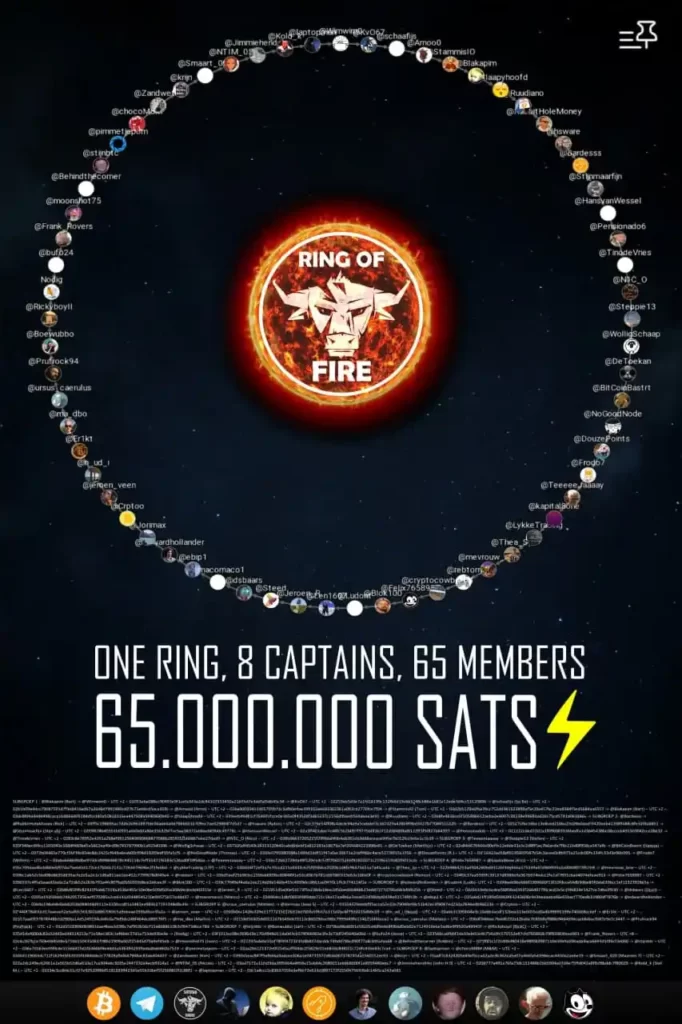Satoshi Radio has quite a history on the Lightning Network. At the beginning of 2020, we set up our Lightning node: the Satoshi Radio Lightning Node 1. We were in the fortunate position of having multiple experienced node operators in our group, who guided us through the process. Special mention goes out to lightning.watch (who provided us with initial external capacity) and Jorijn (who helped us to build the donation bot on Telegram).
Listeners of the podcast started using our guide to set up a node of their own, we kept working on the donation functionality and fixing bugs as they appeared. Looking back, this was a really fun time. Managing your nodes forces you to learn about the technical side of bitcoin. The mempool, transaction fees, difference between wallets, SSH, command line, Linux, and channel management. The most exciting part was the community that started to emerge. We came together in the LightningNL telegram group.
The big breakthrough came exactly a year later when the node software Umbrel was released. The user experience and interface of this software package were (and is) lightyears ahead of other available options. This removed the barrier to entry for less experienced bitcoin users to set up their node. In January 2021 we created a tutorial not knowing that this would lead to hundreds of new nodes.
Setting up your node became some sort of introduction ritual for the community of our podcast. This was amplified because we introduced new node owners in our podcast and welcomed them with applause. While this started spontaneously, it ended up being a catalyst for more listeners to set up their nodes. At this point, one year after the tutorial, more than 250 users set up their lightning node and send us a donation.
As this ritual evolved an issue emerged. Call it an existential void. After someone bought the hardware, downloaded the blockchain, opened a channel, and made a donation there was nothing left to do. People started asking what the next step was. For a while, there was no clear answer. It is possible trying to route payments, but most of the time that is too expensive for the regular user.
When the concept of a Ring of Fire was created it also reached our community. We talked about it a couple of times until one regular member said:
Shall we open a Satoshi Radio Ring of Fire?
This innocent idea transformed into a behemoth in a matter of weeks. Almost immediately we had sixty-five members willing to be part of the ring. We gathered ourselves in the main Telegram group. We had users designing artwork, making videos, creating routing queries, guarding the process, volunteering to be ring leaders, and more. The enthusiasm of the community was contagious, as more and more people started to creating value from their own area of expertise. It became clear that you do not have to be a programmer to create value for the ring.
We appointed our most knowledgeable user, who goes by the name of Laptopman, as our ring leader. He was assisted by one of our most technically educated users: StijnBTC. He had the difficult task of creating a ring that consists out of 65 nodes in which there are no redundant channels and the bigger nodes are distributed evenly across the ring. Because the group was so big, he decided to split the group into teams of 8 nodes (one team of 9). Every group was appointed a group leader, usually a trusted and knowledgeable member of the community.
The subgroups gathered in their own dedicated Telegram channel. Laptopman decided to open the channels in a layered approach, meaning that subgroup 1 would go first, followed by subgroup 2, and ending with subgroup 8. Following this process, the ring leader (Laptopman and Stijn) could assist the subgroups individually when issues popped up. To our surprise, it went quite smoothly. Within two days, 60 channels were opened. The last 5 channels proved to be a bit more challenging but were also opened within the week.
In the meantime, other community members started creating artwork to share on social media. Our meme god Ramon created this stunning poster, showing the ring and all participating members:

